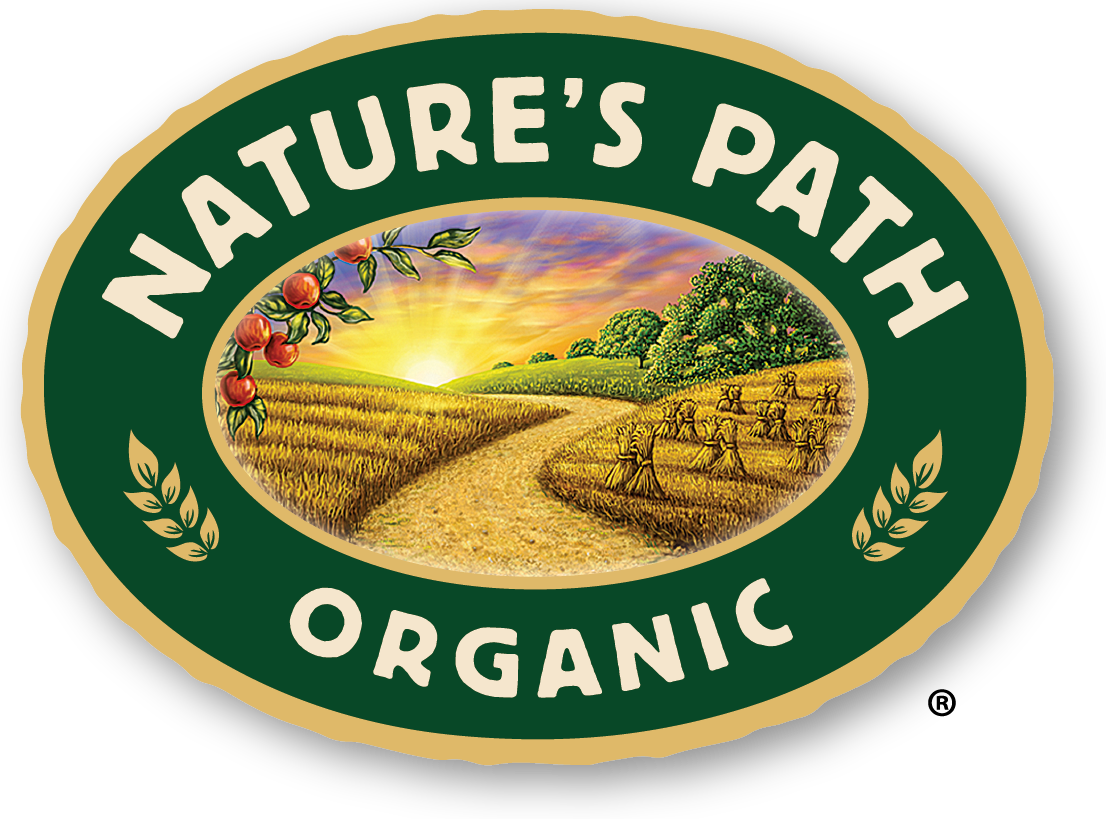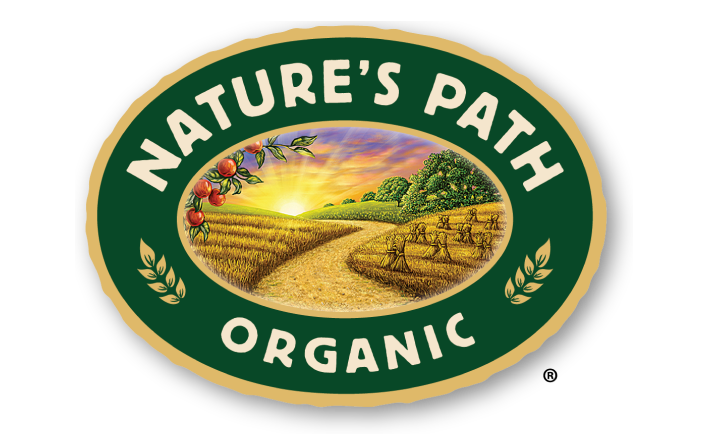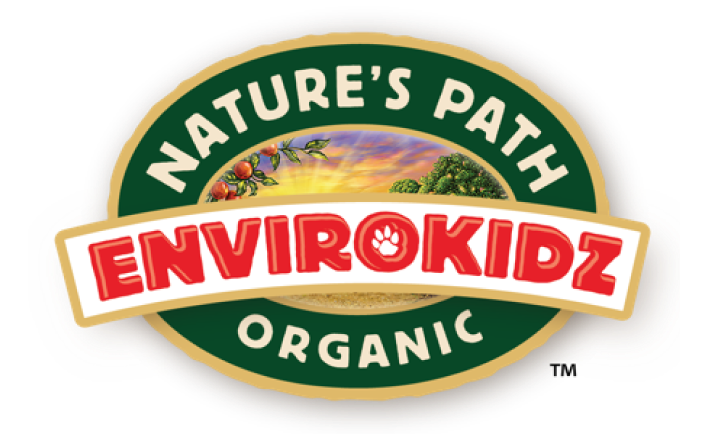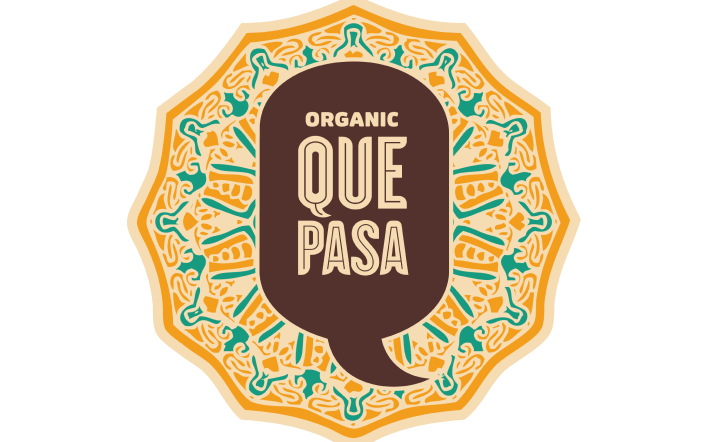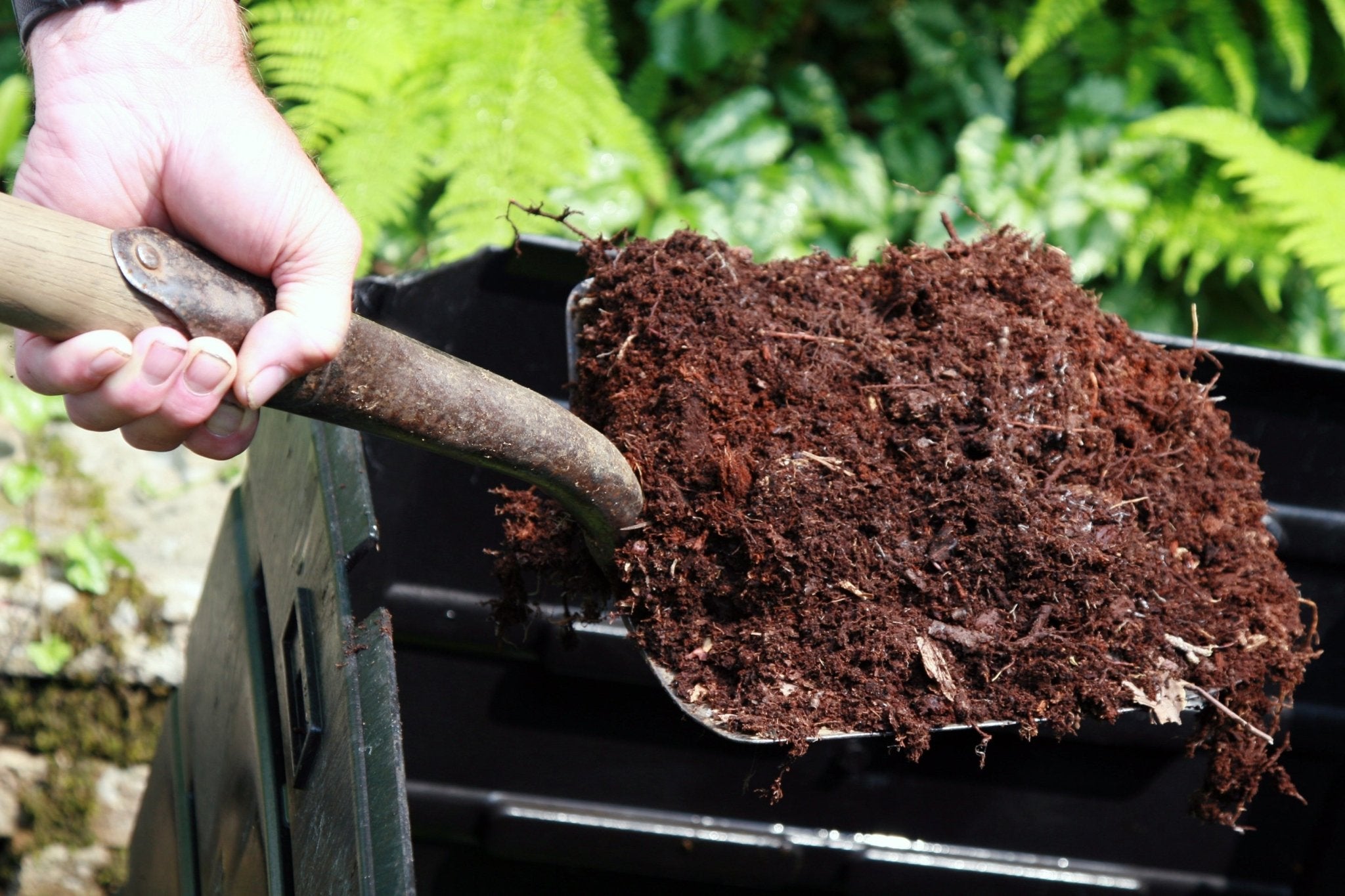
Imbalanced Carbon Cycles: How Organic Can Help
One of the biggest (if not the biggest) challenges facing humanity today is the increasing instability of the global climate. Much of this instability is due to increasing levels of carbon dioxide in the atmosphere and reduced levels of carbon in the soil.
n
Tags:
One of the biggest (if not the biggest) challenges facing humanity today is the increasing instability of the global climate. Much of this instability is due to increasing levels of carbon dioxide in the atmosphere and reduced levels of carbon in the soil.
 The vast majority of the carbon on earth is tied up in rocks and sediments. The rest of the earth’s carbon is dissolved in the oceans and soil, tied up in the bodies of plants and animals, free in the atmosphere as carbon dioxide gas, and found in in fossil form (which humans use as fossil fuels). Rock carbon and undisturbed fossil carbon are pretty stable, but the carbon in the ocean, living and dead organisms, and the atmosphere is moving around all the time in what is known as the carbon cycle. Plants use sunshine and carbon dioxide gas to grow, animals eat plants and breathe out carbon dioxide, and organic matter (dead plants and animals) releases carbon dioxide as it decomposes or burns. As long as the cycle hums along undisturbed, the amount of carbon dioxide leaving and entering the atmosphere stays pretty much the same. But unfortunately that isn't the case. Human activities, especially conventional farming activities and burning fossil carbon as fuel, have disturbed the carbon cycle’s balance, leading to more carbon dioxide being released into the atmosphere than is being taken up by plants.
The vast majority of the carbon on earth is tied up in rocks and sediments. The rest of the earth’s carbon is dissolved in the oceans and soil, tied up in the bodies of plants and animals, free in the atmosphere as carbon dioxide gas, and found in in fossil form (which humans use as fossil fuels). Rock carbon and undisturbed fossil carbon are pretty stable, but the carbon in the ocean, living and dead organisms, and the atmosphere is moving around all the time in what is known as the carbon cycle. Plants use sunshine and carbon dioxide gas to grow, animals eat plants and breathe out carbon dioxide, and organic matter (dead plants and animals) releases carbon dioxide as it decomposes or burns. As long as the cycle hums along undisturbed, the amount of carbon dioxide leaving and entering the atmosphere stays pretty much the same. But unfortunately that isn't the case. Human activities, especially conventional farming activities and burning fossil carbon as fuel, have disturbed the carbon cycle’s balance, leading to more carbon dioxide being released into the atmosphere than is being taken up by plants.

 Some standard organic management techniques that preserve or boost organic matter include:
Some standard organic management techniques that preserve or boost organic matter include:
An Imbalance in the Carbon Cycle
 The vast majority of the carbon on earth is tied up in rocks and sediments. The rest of the earth’s carbon is dissolved in the oceans and soil, tied up in the bodies of plants and animals, free in the atmosphere as carbon dioxide gas, and found in in fossil form (which humans use as fossil fuels). Rock carbon and undisturbed fossil carbon are pretty stable, but the carbon in the ocean, living and dead organisms, and the atmosphere is moving around all the time in what is known as the carbon cycle. Plants use sunshine and carbon dioxide gas to grow, animals eat plants and breathe out carbon dioxide, and organic matter (dead plants and animals) releases carbon dioxide as it decomposes or burns. As long as the cycle hums along undisturbed, the amount of carbon dioxide leaving and entering the atmosphere stays pretty much the same. But unfortunately that isn't the case. Human activities, especially conventional farming activities and burning fossil carbon as fuel, have disturbed the carbon cycle’s balance, leading to more carbon dioxide being released into the atmosphere than is being taken up by plants.
The vast majority of the carbon on earth is tied up in rocks and sediments. The rest of the earth’s carbon is dissolved in the oceans and soil, tied up in the bodies of plants and animals, free in the atmosphere as carbon dioxide gas, and found in in fossil form (which humans use as fossil fuels). Rock carbon and undisturbed fossil carbon are pretty stable, but the carbon in the ocean, living and dead organisms, and the atmosphere is moving around all the time in what is known as the carbon cycle. Plants use sunshine and carbon dioxide gas to grow, animals eat plants and breathe out carbon dioxide, and organic matter (dead plants and animals) releases carbon dioxide as it decomposes or burns. As long as the cycle hums along undisturbed, the amount of carbon dioxide leaving and entering the atmosphere stays pretty much the same. But unfortunately that isn't the case. Human activities, especially conventional farming activities and burning fossil carbon as fuel, have disturbed the carbon cycle’s balance, leading to more carbon dioxide being released into the atmosphere than is being taken up by plants.
Why is This a Problem?
Carbon dioxide in the atmosphere acts like insulation. It traps a fraction of the sun’s heat - therefore, more carbon dioxide means more heat being trapped, leading to climbing temperatures and changing weather patterns around the globe. You can read more about this process here.
So Now What?
We need to bring the carbon cycle back into balance (or ideally push it a bit the other way for a while to reverse the changes that are accelerating more and more rapidly). The two most obvious ways to restore balance to carbon cycles are:- To move away from our dependence on fossil fuels.
- To farm in ways that retain more carbon for longer periods than conventional farming methods currently do.
Carbon and Farming
Carbon on the farm is present in living plants, living soil organisms, and organic matter (dead and decomposing roots, other plant bits, and soil organisms) on top of or in the soil. Anything we can do to increase the amount and longevity of any of those things is progressive.How Conventional Farming Releases Carbon
- Tilling speeds up the decomposition of soil organic matter and kills living soil microorganisms.
- Bare cultivated (or herbicide-scorched) soil dries out easily, stunting plants and reducing soil microorganism populations, and is prone to erosion.
- Long-term use of synthetic nitrogen fertilizer gradually reduces the amount of organic matter in the soil.
- Not returning carbon-rich residues to the soil deprives it of organic matter.
- Burning crop residues releases carbon dioxide back into the atmosphere sooner than leaving it on the soil or composting it would.
How Organic and Sustainable Farming Locks Up Carbon
The Rodale Institute has calculated that even a modest increase in soil organic matter to cropland around the world could offset all the excess carbon dioxide emissions currently being produced, offering a simple yet extremely powerful tool in the fight against climate change. Some standard organic management techniques that preserve or boost organic matter include:
Some standard organic management techniques that preserve or boost organic matter include:
- No/low-till management, cover crops, and green manures.
- Returning organic wastes to the soil, via mulching and composting.
- Converting organic matter into biochar, an incredibly long-lasting form of carbon that is great for plants and soil microorganisms, but highly resistant to decomposition. It is a useful tool for locking up carbon in the soil -- especially in tropical areas where warm temperatures speed the breakdown of organic matter.
- Controlling erosion with mulch, perennial buffer strips, and water-retention contouring to keep organic-matter-rich soil on the farm and out of lakes and rivers.
- Perennial crops, perennial buffer strips, hedgerows, and living mulch add to the amount of living plant material locking up carbon (including all the living roots which we tend to forget when looking at a landscape), and they hold onto it for years instead of months. They also produce a steady supply of falling leaves and other materials that add to the organic matter in the soil under them.
Would you like to be the first to hear about our new products and more? Sign up for our Nature’s Path Newsletter.
